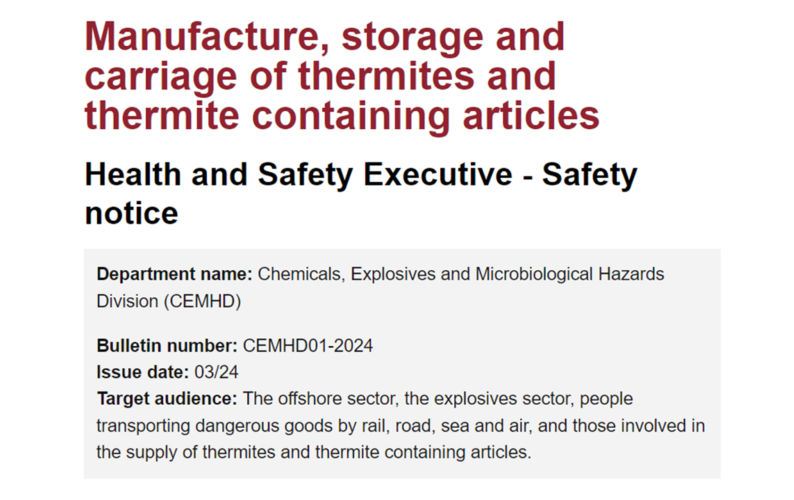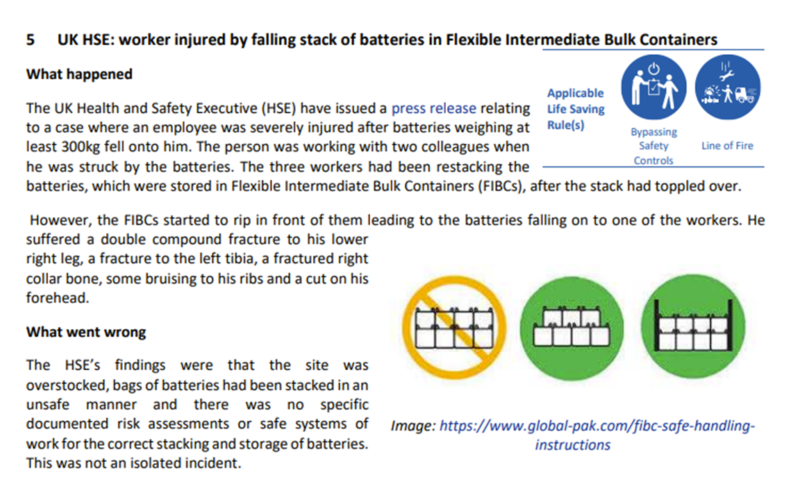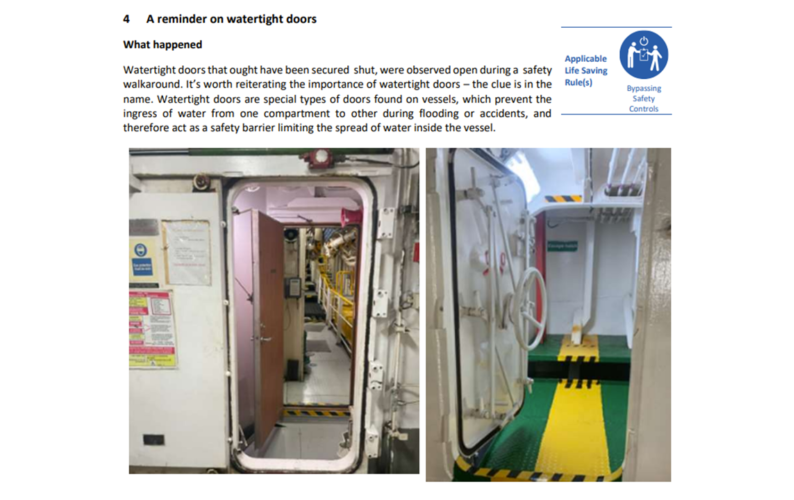Cause & Consequence
- Not Assigned
Incident Location
Any Location Type
Incident Activity
Production operations
Lessons Identified
WHAT CAUSED IT?
1.The Material Selection Report specified Low Temperature Carbon Steel with a corrosion allowance of 6mm for the process gas system. Gas phase corrosion inhibition was not specified or installed and a design life of 20 years stated.The project made assumptions that sections of the process gas systems would be wet and hence susceptible to general CO2 corrosion in the material selection process.The project team did not specifically consider preferential weld corrosion in the material selection report.
2.Corrosion Risk Assessment (CRA) identified the process gas system as ‘high risk’ but due to inspection data being incorrect issue was not detected.Corrosion probes & weight loss coupons installed at the start of the project with no significant corrosion trend to date.
3.Zero degree UT inspection techniques failed to identify the weld corrosion.In December 2010 the welds had been inspected using this method and were found to be at nominal or near nominal thickness.On the welds inspected, the morphology of weld corrosion that had occurred has concentrated metal loss in a narrow band of the HAZ either side of the welds, and the severe root corrosion was limited to small areas at the 6 o’clock position thereby making detection of the defects difficult.A UT angle probe would have highlighted the weld root/HAZ corrosion.
4.ICP received HOIS Joint Industry Program issued a report which could have pre-empted the issue in Q1 2010.Had the conclusions of the report been acted on sooner a different inspection method could have been identified prior to the December 2010 inspection.
Incident Recommendations
CORRECTIVE ACTIONS:
1.Conduct cost-benefit analysis of the cost of installing and operating a gas phase corrosion injection system against a medium term replacement of the line in a CRA (corrosion resistant alloy)
2.Line replaced prior to commencement of production
3.Future projects to have the appropriate level of “Maintenance and Operations” experience involved, at the design stage to ensure that operating experience, practical requirements, best practices and lessons learned are incorporated into the design. The findings of this investigation (with regard to material selection and corrosion) to be communicated to engineering design teams.
4.The use of the zero degree UT probe technique on its own to scan through the weld cap to detect weld root corrosion is no longer permitted and should be re-evaluated.Angle probe UT method now used to inspect weld corrosion. Corrosion management contractor will conduct an annual review of the appropriateness and effectiveness of inspection and NDT methods and techniques being employed taking into account industry lessons learned and advances in technologies
5.ICP procedures for NDE and inspection to been revised to take account of the HOIS report and feedback learning from this incident to the HOIS user group
Rate this alert
Average Rating
Latest Alerts & Moments
Our searchable catalogue of hundreds of Safety Alerts and Safety Moments are all designed as learning resources that can help improve workplace safety.


